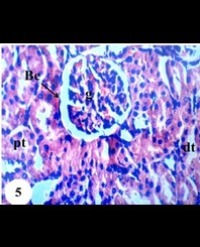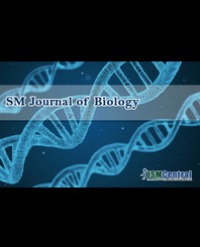
New Perspective on Tappeh Hesar
Since the last decades, scientists have tried to answer where human beings originated and how spread all over the world. In this way, ancient human remains can play a fundamental role to answer these questions. Tappeh Hesar is a prehistoric site located in the Damghan city (northeastern Iran). This place history dates back to more than 4 000 years. Due to the city’s key position in trade and communications, it has always been an attractive site for archaeologists. In this study ancient DNA was extracted from one human skeletal remains by considering all precautions. All mitochondrial hypervariable segments (HVS-I, HVS-II and HVSIII) were analyzed using sequencing. After comparison HVS sequences with revised Cambridge Reference Sequence (rCRS), the consensus sequences showed three transitions in HVS-II. Haplogroup H32 was determined for this sample. Haplogroup H is a Eurasian haplogroup which likely originated in Southwest Asia ∼25–30 thousand years ago (kya) and entered Europe ∼23–28 kya. Nearly half of Europeans have this haplogroup and there is a considerable frequency of haplogroup H in Middle East. Evidences indicate long-term presence of this haplogroup at western Asia.
Peyman Zargari1, Sajad Habibi Azarian1, Kamran Ahmadi1, Parastoo Erfanmanesh1 and Mahmoud Tavallaie1*


